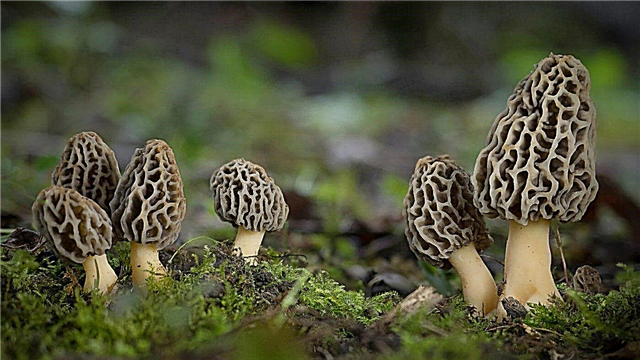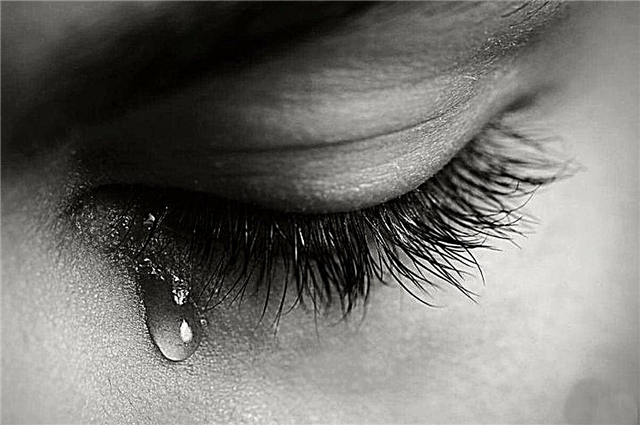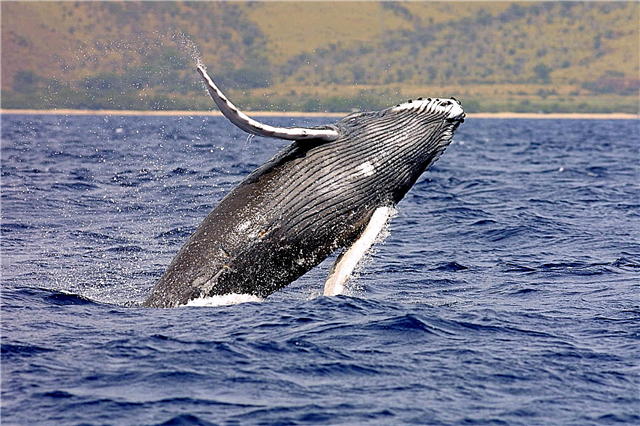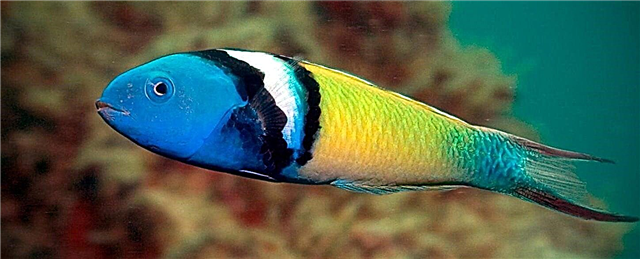
The human body is a coherent system in which everything is thought out to the smallest detail. In particular, we are talking about the generation of heat by man.
What is thermoregulation?
The human body is “equipped” with a physiological system of thermoregulation. It is a set of physiological mechanisms that control body temperature. Thanks to this system, a constant optimal temperature is maintained in the body, regardless of the environment. Thermoregulation is of two types:
- chemical (associated with the formation of heat);
- physical (associated with heat loss).
Where does heat come from?
When a person eats food, it breaks down into proteins, fats and carbohydrates. Food substances are oxidized and thereby release the energy available in them. Spending this energy, the body turns it into heat.
For the most part, heat generation occurs in the muscle tissues of the body. Even if you don’t move at all, this process does not stop. Only its intensity can change. For example, in comparison with a state of rest, normal walking increases heat production by 60-80%. In addition to muscles, organs participate in the formation of heat.
Since heat is generated continuously, the body needs to somehow get rid of its excess. Otherwise, in a matter of hours, the body temperature would rise so much that all systems ceased to function. There is heat transfer for this. The generation and release of heat are complex processes that are controlled by special mechanisms in the human body.
Due to the fact that the body carefully controls all the processes of formation and heat transfer, the body has a stable temperature. Heat transfer is carried out in several ways: radiation, heating of the environment, expiration of air, sweating, etc.

Chemical thermoregulation
Chemical thermoregulation is responsible for changing the intensity of heat production in accordance with environmental conditions. In other words, air temperature affects the metabolism in the human body. If it gets cooler, the body begins to generate heat more actively to ensure the stability of body temperature.
Since most of the heat comes from muscle work, when a person is cold, the body begins to tremble. This is a normal reaction that is caused by irritation of the skin receptors. Low air temperature serves as a source of excitation for them, which, in turn, is transmitted to the central nervous system (CNS) as a signal - it is time to increase heat production. The central nervous system activates enhanced muscle contraction and so chills appear. Thus, this is a natural reflex of the body, aimed at enhancing metabolism and increasing heat. Even if a person does not begin to move more actively in order to keep warm, chemical thermoregulation will do it for him.
Approximately, thermoregulation also works in the opposite direction. If the room is warm enough, the body does not need to overwork - the metabolism slows down.
Interesting fact: organs located in the abdominal cavity also form a large amount of heat. In particular, we are talking about the kidneys and liver. This was found out by measuring the temperature of the blood. It turned out that the blood that swells from the liver has a higher temperature than the one that flows. In addition, the temperature of the organs themselves is 1-2 degrees higher than normal body temperature.
Physical thermoregulation
Physical thermoregulation is responsible for the intensity of heat transfer depending on environmental conditions. This mechanism works the opposite of the chemical. When the air temperature rises, the heat transfer increases. If it gets colder, the body gives off heat not so actively. This allows him to maintain the right balance.
Methods of heat transfer as a percentage:
- radiation - 44%;
- heat conduction (heating of ambient air) - 31%;
- expiration - 12%;
- sweating - 10%;
- other processes - 3%.
When the body radiates heat, it heats the surrounding air and objects at a distance. And during the heat, objects that the person touches heat up.
How does the heat transfer rate change?
A huge role in this process is played by blood vessels. At low ambient temperatures they narrow, at high - they expand. When the body feels cold and a narrowing of blood vessels occurs, blood flow is reduced. That is why the skin turns pale in cool weather. Heat is given in less.
If the air is warm or hot, vasodilation occurs, blood rushes to the surface of the body and the skin acquires a reddish tint. At this time, heat is given in more. Heat transfer according to this principle occurs when body temperature is higher than air temperature. Thus, if the difference between these indicators is small, the body gives off a minimum of heat. For example, in extreme heat.
In this case, sweating comes to the rescue, otherwise the body would overheat. This is especially important when the surrounding air is very hot. The hotter the environment, the more sweat is released.
Interesting fact: if a person lives in a constant hot climate, almost all of the above processes in his body do not work, with the exception of sweating. This is due to the fact that the air temperature there is stably above 37 degrees - the body does not receive the corresponding signals. But sweating in large volumes (up to 4.5 liters per day) helps to avoid overheating.
Disease thermoregulation
There are situations when the natural process of thermoregulation is disturbed. In particular for various diseases. At the same time, they speak of the appearance of a fever, the cause of which are special substances - pyrogens. They can be developed by the body itself or get into it from the external environment - various microbes, toxins, etc. But it is important to understand that external pyrogens alone do not cause an increase in temperature - this is the reaction of internal pyrogens to their appearance in the body.
Which organ is responsible for body temperature?
These substances affect one of the parts of the brain, the hypothalamus (part of the diencephalon), where the center of thermoregulation is located. Because of this, the body begins to perceive the normal temperature as too low and begins to increase it. The ratio of heat generation and its return is violated.

By increasing the temperature, the body "calms down", because it believes that the balance has been restored and that its function is fulfilled. As long as pyrogens are present in the body, fever remains stable. At the same time, heat is felt - the vessels expand. The same principles apply as in normal condition. As soon as a person recovers, the body returns to normal, and thermoregulation is also getting better.
It is believed that a fever in a disease is good, because this is how the body fights against the disease. But there is no reliable evidence of this. Most likely, heating takes place in order to mobilize all resources and prevent the spread of bacteria.
The processes of heat generation and release in the body are closely interconnected and controlled by the physiological system of thermoregulation. Its task is to maintain a stable, normal body temperature, regardless of environmental conditions. The body produces heat through the production of foods and their breakdown into proteins, fats and carbohydrates. Most of the heat is generated in the muscles and organs. Heat transfer occurs in several ways - through radiation, conduction, sweating, exhalation, etc.












